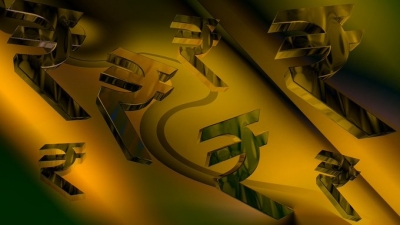New Delhi, June 1 (IANS) Amidst the nationwide lockdown, banks’ credit to non-banking finance companies (NBFC) increased by Rs 5,000 crore in April 2020, according to an SBI report.
Among the services, credit to NBFCs, transport operators and retail traders increased in April. Credit to retail traders increased by Rs 6,900 crore and that to transport operators rose by Rs 4,300 crore, said the SBI Ecowrap report.
“YoY credit growth to industry declined to 1.7 per cent (6.9 per cent last year), services to 11.2 per cent (16.8) but on YTD basis credit growth to industry has increased. Within services, there has been an increase in credit to NBFCs, transport operators, retail traders,” it said.
Generally, agriculture sector credit demand increases in May and June before sowing season and banks are now disbursing to all the eligible farmers and also issuing Kisan Credit Cards to all the farmers to meet their credit requirements timely, it said.
“The important thing is that the decline in retail credit was the largest since January 2008, from when the data series is available,” it said.
Though credit to all major industries declined, credit to infrastructure like power, iron and steel, petrochemicals and petroleum, coal products and nuclear fuels increased by Rs 23,900 crore in April 2020.
The report authored by Soumya Kanti Ghosh, Group Chief Economic Adviser of State Bank of India, said that going forward, the decline in credit to the retail sector may continue with extension of lockdown in states.
Banks are also leveraging digital platforms to meet the credit requirement in the retail sector.
For corporates, they will require more enhancement of working capital loans as well as term loans over the medium term until the growth environment stabilizes, it said.
The report also said that deposits in all forms, savings, current and term, increased significantly during Lockdown-1 as people were apprehensive in the beginning of spending and turned frugal. During Lockdown-2, there was a 25 per cent decline in such bank deposits, but term deposit accrual was very healthy.
“The increase in deposits is also attributable to government spending picking up pace with the hike in WMA (Ways and Means Advance) limits,” it said.
The situation became critical during Lockdown-3 when such deposit growth turned significantly negative, indicating people may have used the initial build up to start spending as they realised that lockdown could be a recurring phenomenon. However, the depletion was only 12 per cent of the deposit build-up in Lockdown-1 and Lockdown-2, indicating significant risk aversion in consumer spending.
In Lockdown 4, there has been an increase in deposits again, indicating consumers are uncertain about spending and instead are saving much more in bank deposits.
It is also possible that many households may have marginal propensity to consumption closer to zero because many types of spending are less available due to social distancing, it said.
–IANS
rrb/sn/tsb

